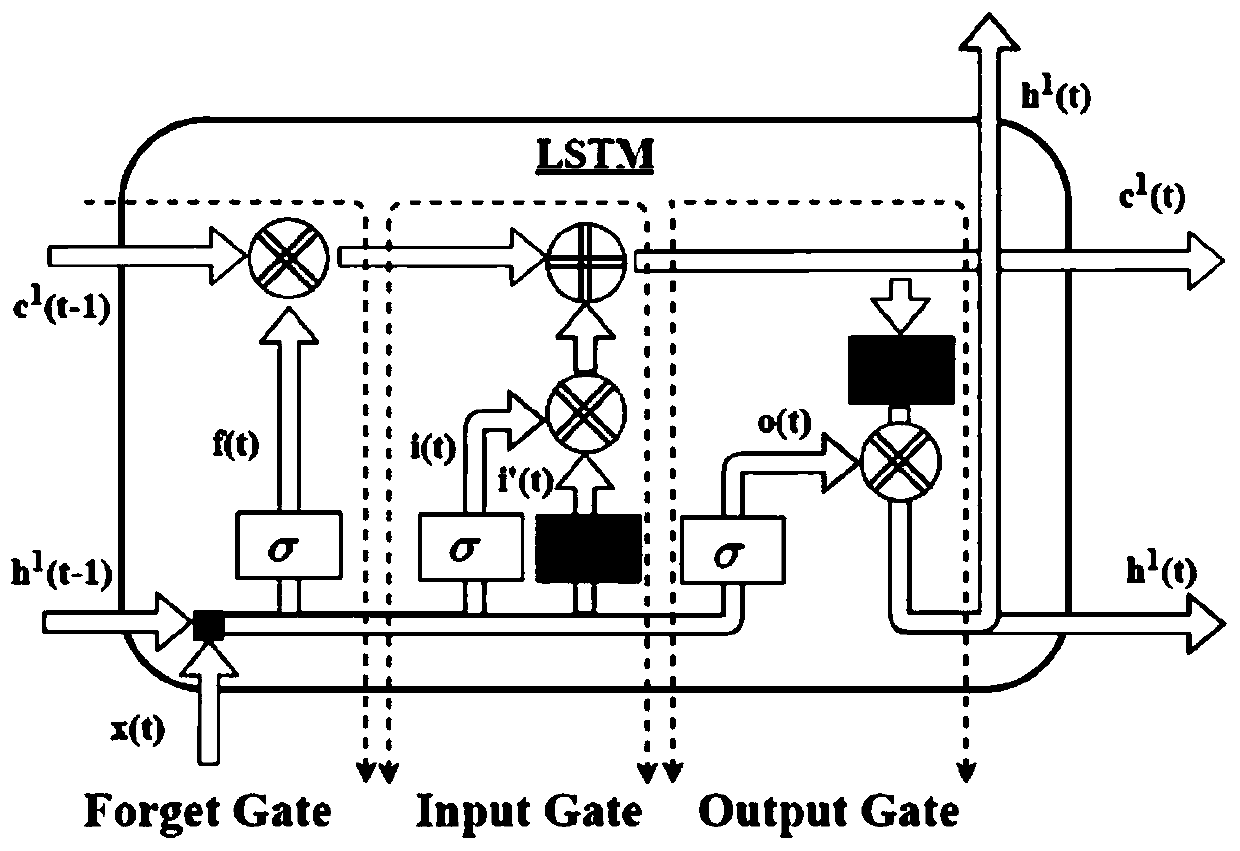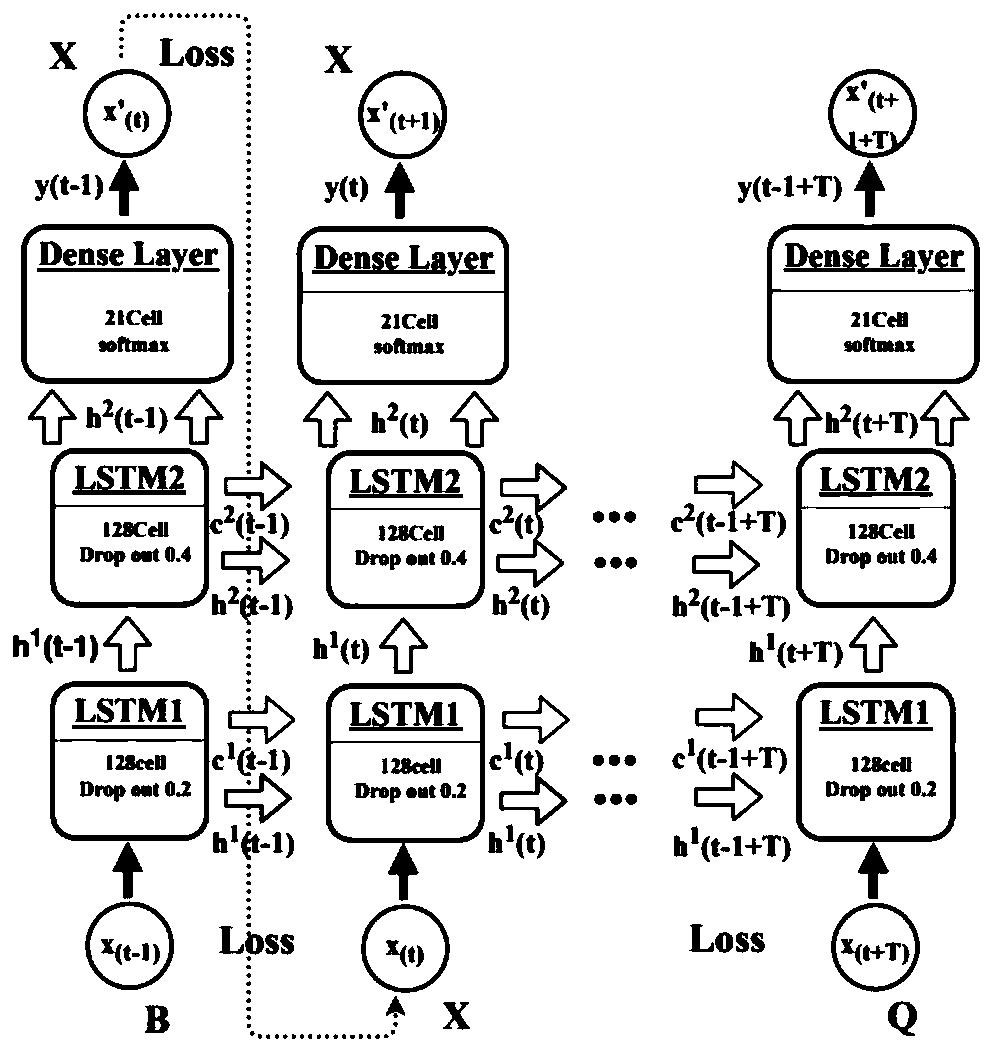Protein glycation locus identification method
A protein sugar and identification method technology, applied in proteomics, genomics, instruments, etc., can solve the problems of complicated extraction features and low accuracy
- Summary
- Abstract
- Description
- Claims
- Application Information
AI Technical Summary
Problems solved by technology
Method used
Image
Examples
Embodiment Construction
[0040] In order to make the object, technical solution and advantages of the present invention clearer, the present invention will be further described in detail below in conjunction with the accompanying drawings and embodiments. It should be understood that the specific embodiments described here are only used to explain the present invention, not to limit the present invention.
[0041] attached figure 1 Structural flowchart of the method for identifying protein glycation sites provided in the examples of this application. as attached figure 1 As shown, the protein glycosylation site identification method provided in the examples of the present application includes:
[0042] S101: Collect protein glycation site data, and extract peptide chains from the protein glycation site data to obtain a peptide chain sample set.
[0043] In the examples of this application, peptide chains were extracted from the collected protein glycation site data to obtain a peptide chain sample se...
PUM
 Login to View More
Login to View More Abstract
Description
Claims
Application Information
 Login to View More
Login to View More - R&D
- Intellectual Property
- Life Sciences
- Materials
- Tech Scout
- Unparalleled Data Quality
- Higher Quality Content
- 60% Fewer Hallucinations
Browse by: Latest US Patents, China's latest patents, Technical Efficacy Thesaurus, Application Domain, Technology Topic, Popular Technical Reports.
© 2025 PatSnap. All rights reserved.Legal|Privacy policy|Modern Slavery Act Transparency Statement|Sitemap|About US| Contact US: help@patsnap.com



